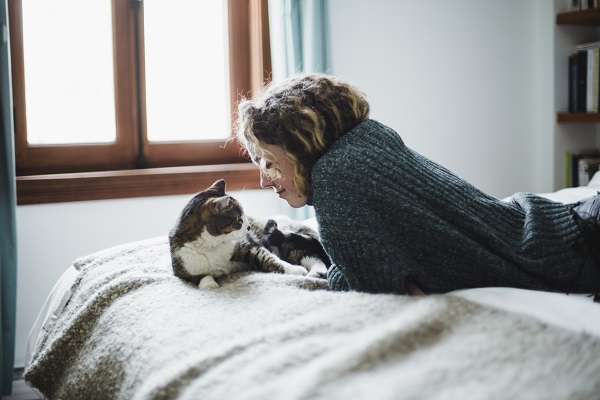-
Founded by the LJ Hooker Liveability Real Estate team, liveability.com.au evolved from a collaborative community supported by some of Australia’s leading design and building industry bodies, organisations and local councils. Spearheaded by Cecille Weldon, head of Liveability Real Estate, the website empowers people with all the information they need to create their ‘best’ home: healthy, efficient, comfortable and connected to the community.
“There is a misconception that a sustainable lifestyle is too expensive, too hard and too time consuming, but the opposite is true,” Cecille says. “Liveability is simple and optimistic.”
Expanding on the philosophy behind the website, Cecille explores some of the ways we can all bring a little of Liveability’s ideas into our homes.
What is a healthy home?
There are three sides to liveability and creating your best home:
1. The physical built structure of your house or apartment.
2. How you live in your home.
3. How your home connects to your local community.
What role does food have in creating your best home?
Food is our body’s fuel but within your home it’s much more than that. Food is about coming together to share a meal, about eating what’s fresh and in season. We have delicious recipes from wholefood chef Holly Davis that are simple to follow, often gluten free and include classic recipes adapted to a wholefood diet, which is a great help when you are cooking for a family.
How can people incorporate exercise and activity into a healthy home?
Liveability encompasses the growing trend of ‘living locally’ – the importance of your home‘s connection to your local community. Many councils are helping to create a vibrant community experience with initiatives like community gardens and farmers’ markets. These are providing people with lots of opportunities to get outdoors and be active, and enabling people to access fruit and vegetables direct from the farmer that haven’t been stored and refrigerated or travelled long distances.
What role can different people in the family play to contribute to a healthy home?
A family or share house is really a small community, which is why our Liveability Pledge is:
“We believe in using power and water efficiently; in loving food but hating waste; in recycling, upcycling, bicycling; and the power of sharing.”
We have worked with award-winning Australian designers Garbett Design to create two fantastic posters which feature our Liveability Pledge.
The best changes are ones where everyone naturally comes together rather than relying on one person to drive the agenda. If you have kids, get them involved; you’ll be surprised at how enthusiastic they can be when it comes to ideas that are creating positive change! You can use our summer and winter checklist to form the basis of an action plan you create together to save energy and keep comfortable no matter what the season.
But the big winner, no matter what age, is planting your own vegetables in a garden or a pot, because there’s nothing more exciting than stepping out into your garden to pick some fresh salad leaves.
How does the advice and information differ between people who are building a home versus those in an established home?
If you’re building a new home then it’s important to work with a designer, architect or builder who understands the principles of passive design; this is when you take advantage of the free heating from the sun, the free cooling from breeze and the density of building materials that store the heat and cool you capture.
If you’re living in an existing home you may be unaware that you have features that will help with reducing running costs and increasing comfort, or how to bring these features to life. For example, creating the right type of shading on northern and eastern sides of your property can make an enormous difference to your comfort and opening your windows can encourage cooling breezes though your home.
Find out more at liveability.com.au
Sustainable living tips

-
How is ‘phubbing’ hurting your relationships?
Here’s how to stop phubbing and be more mindful of your phone habits, to help improve face to face interactions with your family and friends.
-
Are the winter blues real?
Simple ways to boost your mood in winter.
-
Mental fitness explained
Just as you work to strengthen your body, your mental health deserves attention and exercise too.
-
The link between stress, anxiety and jaw pain
Physiotherapist Michael Chan explains how stress and anxiety can cause jaw pain, and how to help get some relief.
-
When you can't sleep next to your partner
You love everything about them – except their sleep habits.
-
The 7 best sleep apps
7 apps for deep restorative sleep
Subscribe to receive the best from Live Better every week. Healthy recipes, exercise tips and activities, offers and promotions – everything to help you eat, move and feel better.
By clicking sign up I understand and agree to Medibank's privacy policy




.jpg)

